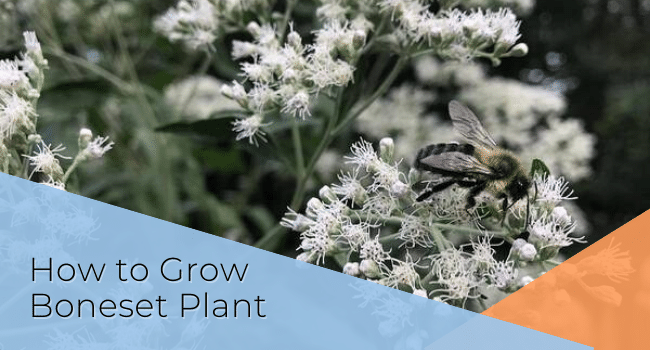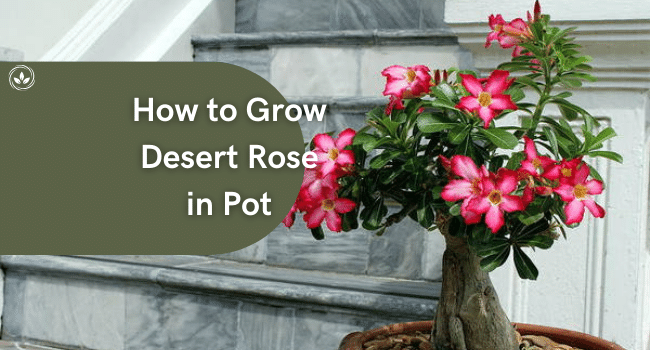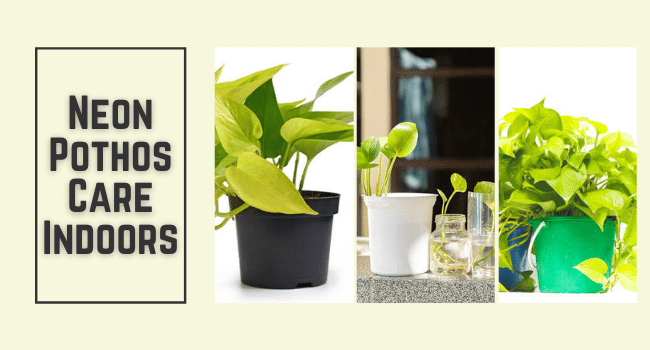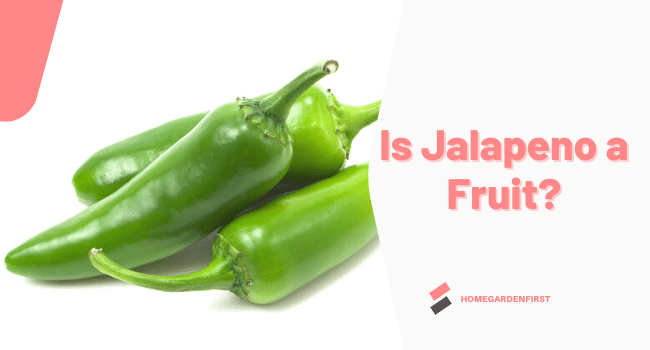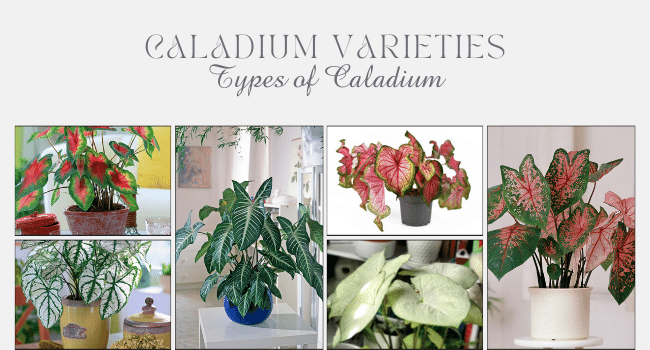Grow Bush Lily in Containers | Clivia Bush Lily Care
Bush lily or Flame lily can brighten up any space be it the living room or office! Learn how to grow bush lily in containers by going through this post.
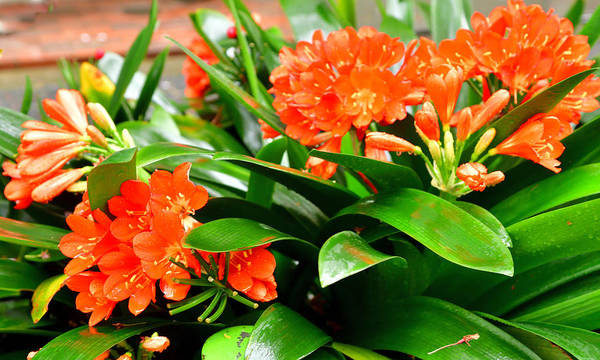
The vibrant orange flowers of Bush lily or Flame Lily are prized among the gardeners. The strap-like foliage with vibrant flowers contrasts well with almost any background and indoor setting. You can grow bush lily in pots in container gardens, raised garden beds, shaded patio, or even balconies. Learn how to grow Clivia bush lily in the container by going through this post.
Scientific Name: Clivia miniata
USDA Zone: 9-11
Common Names: Flame lily, Kaffir lily, or Bush lily
How to Grow Bush Lily In Containers
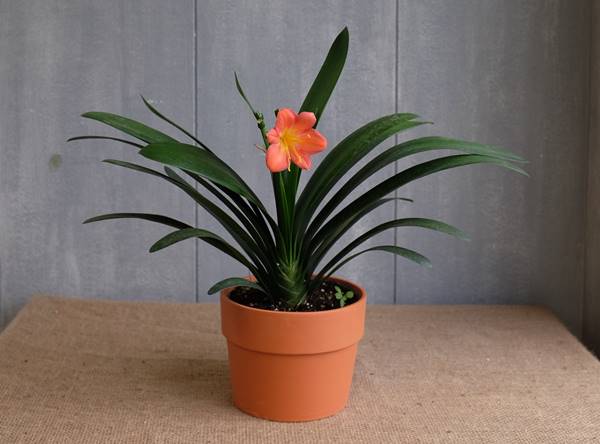
Propagate Bush Lily
You can propagate kaffir lily or bush lily from seeds or through division. Seeds are embedded in the berries, which develop from the flowers. In case you don’t own a bush lily plant, you’ll have to purchase the seeds from a nearby garden center or online. Bush lily propagated from seeds will take 3-5 years to get mature enough for flowering, whereas from divisions, it takes around a year.
Propagation from Seeds: Soak the seeds in the water overnight, especially if they aren’t freshly harvested. Sow the seeds in a pot that contains a mixture of vermiculite and perlite in equal parts. Water the pot regularly and keep the soil moist to facilitate germination. The seeds will take around 2-6 weeks to germinate, depending on several factors. Plastic wrap the top of the pot with a thin and transparent sheet and poke holes in it. It’ll trap the heat and aid condensation, which in turn facilitates germination.
Propagation from Division: Divide the offsets which are attached to the parent plant at the roots. Use a sharp and long knife to detach the offsets after the flowering period. The offset must consist of at least three leaves of 8-10 inch length for propagation. Plant the offsets in a pot that’s 5 inches deep and wide. Use an equal part mix of peat moss and perlite or coarse sand to propagate bush lily divisions. The plant is ready to transplant in a soil-based medium when roots appear on the pot’s surface.
Choose a Container
The container should have drainage holes at the bottom as bush lily does not like to sit in the water. For propagation, choose a container that’s 3-5 inches in size and later transplant it to a larger pot when the seedling or division gets well established. A pot that’s 6 inches in diameter and depth is large enough for bush lily. Check the root ball yearly, and if it becomes compacted and too large for the pot, move it to a pot that’s 2 inches wide than the previous one.
Transplanting
As mentioned above, once the seedlings grow or the offsets become well established, you can transplant them to a larger pot. Transplanting is also needed if the bush lily outgrows its previous pot and becomes root bound.
Temperature
In general, temperature ranging from 60 to 75 degrees F is suitable for bush lily. To prevent premature blooming, a short resting period (6-8 weeks) in which temperature remains around 40 degrees F during winters is needed. In cold regions falling USDA Zone, 9 or below, bring the pot indoors during winters and overwinter.
Requirements for Growing Bush Lily
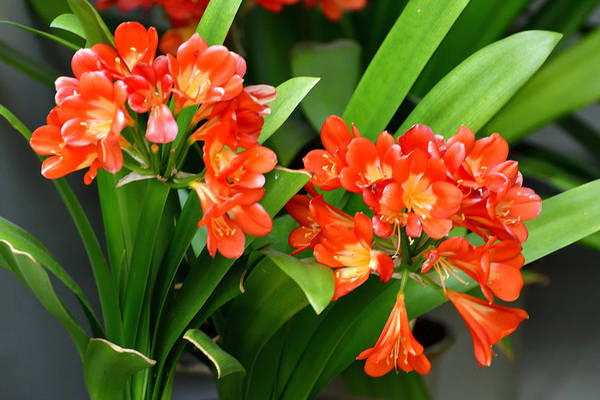
Location
Bush lily is well adapted to growing indoors as it won’t tolerate direct sun, especially in hot climatic conditions. Place the pot near a sunny window with drapes on so that sunlight filters out or any other spot that receives partial shade. You can also locate the pot on the patio or balcony, taking care not to expose the plant to direct sunlight for any length of time. Bush lily is forgiving to improper lighting but not to direct sun.
Watering
Water well to keep the soil moist but not to overwater as lily bush won’t do well in soggy soil. Clivia flowers during spring and summers and thus needs more frequent watering during these seasons. Cut back watering during autumn and winters when the plant is resting, which encourages blooming later in the season. The rule of thumb is to keep the soil moist but not overly wet.
Soil
A good organic soil that drains well is ideal to use for potting bush lily. Amend the soil with organic matter to improve drainage and make the soil nutritious. Adding mulch and aged compost is an organic way to add nutrients and improve the soil’s drainage. Buy a good quality potting mix from any trusted garden center or prepare the potting mix on your own.
Bush Lily Care
Whether you grow bush lily indoors or at any other shady spot, it’s not a needy plant, and you won’t have any difficulty taking care of it!
Fertilizer
Amend the soil with well-balanced slow-release fertilization at the time of planting. Encourage flowering by feeding a potassium-rich fertilizer during the initial days of spring before bush lily flowers. Add water-soluble well-balanced fertilizer diluted half to its strength after the end of the blooming season. An organic way to enrich the soil is to amend it with fish emulsion or aged manure, or compost.
Pests and Diseases
Apart from common garden pests such as aphids, mites, and thrips, some other pests such as lily border caterpillar, thrips, whiteflies, snails, and slugs can also cause damage to the plant. Insecticidal soap or neem oil solution are some tried and tested remedies for controlling pests. The good news is that by growing bush lily in the container, you can keep it isolated from common garden pests. Diseases such as powdery mildew and root rot can also cause damage to the plant. To avoid these diseases, do not overwater and prevent the leaves from getting wet.
Harvesting Seeds
The flowers develop into berries at the end of the flowering season, containing the bush lily seeds. Cultivate the seeds after the berries are ripe, as seeds from unripe berries won’t germinate. Large and soft berries that develop deep red or yellow color is an indication that they are ripe. Use a sharp knife to carefully remove the seed from the center and ensure that you don’t damage the seeds’ membrane in the process. You can sow these seeds directly or store them for planting later in the next growing season.

